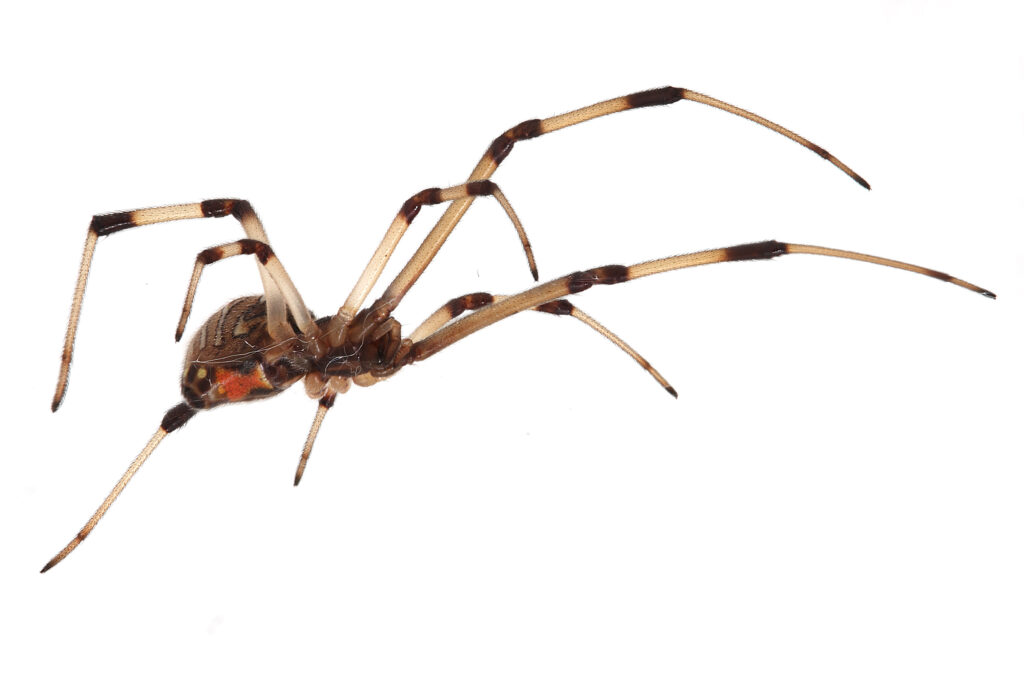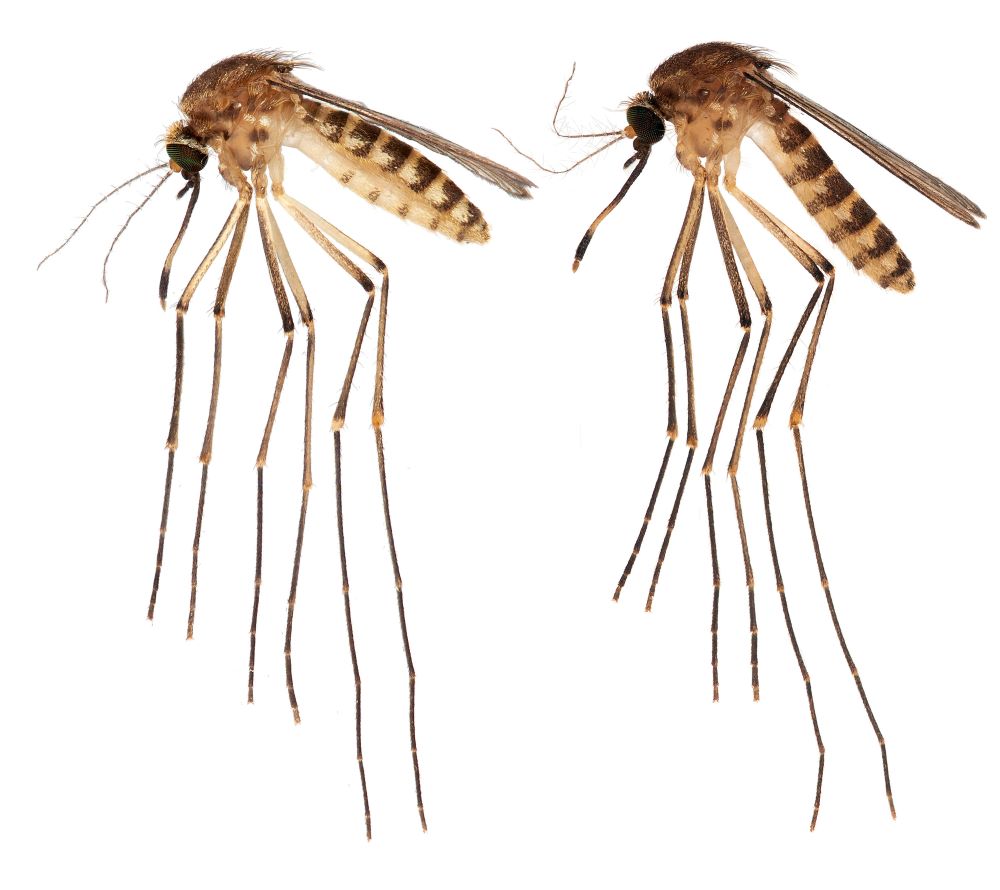You probably already know Florida’s climate allows all kinds of nasty creatures to survive here.
Snakes. Spiders. Politicians.
This place is so unique that the Everglades is the only ecosystem on earth where crocodiles and American alligators coexist. It’s like Mother Nature asked God: Should we give Florida a toothy, sofa-sized reptile capable of swallowing a Labradoodle? And God said: Let’s make it a double.
I mention this because anyone who follows creepy-crawly news may have seen that we’re in the midst of an invasion on three new fronts.
Scientists recently discovered a new breed of disease-carrying mosquitoes has invaded Florida — one that might carry viruses that can infect your brain.
Brown widow spiders are also marching across the Sunshine State. If you’re not familiar with brown widows, just think of the deadly black widows … and then know that the brown widows are the things that take them out.
And if deadly skeeters and scary spiders aren’t enough, researchers also concluded Burmese pythons have decided they no longer want to be contained in South Florida. (You can hardly blame them. Condo prices are nuts down there.) So the pythons are creeping north, which could mean trouble, since the last thing Disney wants is an actual 15-foot python greeting passengers on the Jungle Cruise.

So what do you need to know? Like, are the brown widows coming here to Central Florida?
Louis Coticchio, the University of South Florida biologist whose team conducted the brown widow research, said it’s hard to know for sure. But probably.
He said they tend to be found in urban areas with lots of construction (which is basically Central Florida in a nutshell). The Southern Africa-native spiders hitch rides on imported building material.
Coticchio said his own USF campus used to have no brown widows until a new housing project started. Then, a few widows came in with the material, multiplied and started “slowly making their way across the campus” … which sounds like an IMDB description for “Arachnophobia 2: The Homecoming.”
Brown widows will eat their siblings, which seems rude. And they’re putting a serious dent in Florida’s black widow population. But Coticchio’s team stressed they don’t normally bite humans unless you pinch, squeeze, poke or harass them.
So there’s your first tip for today: If you happen to encounter a venomous spider, don’t pinch or poke it. Isn’t this column helpful?

As for the pythons, they’ve been in Florida for years. Like many new Floridians, they came from afar. But they’re scarier than most transplants, since your neighbor from Rhode Island probably won’t eat your kid’s Maine Coon cat.
And not just cats. Pythons eat birds, otters, dogs, woodrats, armadillos and most anything else that moves. They’re about as discerning as a Las Vegas buffet patron.
Pythons also aren’t supposed to be here. The Southeast Asia natives were introduced to South Florida decades ago when a few imports got loose. For a while, they were happy enough there, feasting on things like rabbits, which Everglades park rangers say they rarely see anymore.
But over the past two decades their population has exploded, as the Sun-Sentinel recently reported. And they’re now slithering as far north as Fort Myers and West Palm Beach. The latest tracking maps show they now occupy the bottom third of Florida. In other words: We’re next.
The good news is, much like the brown widows, they’re not hunting you down. Snakes spend about 86% of their time resting — much like your typical American male on a Sunday during NFL season.
So just be alert. If you see a python, report it. He or she isn’t supposed to be here.
To cull the population, the state has an annual “Python Challenge,” which last year resulted in 231 dead snakes. Researchers have also started talking about using genetic biocontrol to prevent females from reaching birthing age. (But if those researchers watch a few SyFy Channel movies, they’ll realize genetic mutations don’t always work out so well. Just ask the Sharktopus victims.)

Finally, we have the newest creature to invade Florida, the Culex lactator mosquito.
These guys come from Central and South America. Now, Florida is used to hosting Latin American visitors. But Florida likes the ones who leave behind their money — not the West Nile and St. Louis Encephalitis viruses.
Less is known about how these insects got here. One theory is that they got swept up in higher-altitude wind currents and just sorta went with the flow. Think about it like a hotel resort’s lazy river. You might lift your feet somewhere near the tiki bar and end up by the hot tubs. Well, these skeeters spread their wings somewhere around Tegucigalpa and ended up in Bonita Springs.
For now, these new mosquitoes are mostly in South and Southwest Florida. But researchers say that, as the state’s temperatures continue to warm, they’ll likely expand their habitats north.
That’s a theme in many of these scary-critters-expand-their-habitats stories: A warming planet means more invasions.

I know some people don’t like to talk about climate change. And if you’re a denier, I’m not here today to change your mind. You’re free to ignore the world’s scientists right up until a Burmese python eats your dog or a lactating skeeter sticks her curved proboscis into the back of your neck.
For now, a good thing to do to keep away all mosquitoes is clean up any pools of standing water around your house. Report the pythons. And try not to harass the spiders.
This opinion piece was originally published by the Orlando Sentinel, which is a media partner of The Invading Sea.



